The Jokes on You
How to Write Comedy
STEPHEN HOOVER
Special thanks to my wife, Tatiana, for her occasional unwavering support of my writing career .
The Jokes on You: How to Write Comedy
Copyright 2013 by Stephen Hoover
All rights reserved. No part of this book may be used or reproduced in any manner whatsoever including Internet usage, without written permission of the author.
ISBN: 978-0-9897465-0-2
Book design by Maureen Cutajar
www.gopublished.com
Photography editing by Cat Stewart
Contents

Whats so Funny?
Comedy through the ages
Have people been laughing since the beginning of time? Picture cavemen guffawing at some poor dolt whose meat fell off the stick into the fire. As far as archaeologists can determine, no caveman served as the honorary stand-up comedian, and there was no formal comedy culture we are aware of from that period, but if something is funny you have to laugh, right? Laughing at the foibles of others is as old as humanity.
Of course, the first formal thoughts on comedy came from the ancient Greeks, who brought us such important ideas as the Olympics, democracy, classic theater, and ouzo. Aristotle defined the original four genres of literature as tragedy, epic, lyric, and comedy . Comedies all had to end happily, and it is thought that the oldest Greek comedy was Homers Odyssey (a laugh a minute!). Aristotle stated in Poetics in 350 BC that comedy provided light treatment of things that were otherwise base and ugly.
The origin of comedy? Too obscure, suggested Aristotle, because no one ever treated it seriously. Ah hah !
Often a countrys culture determines the role of comedy. Comic entertainment is controlled by social conventions of the day that define the boundaries of acceptable humor and topics that are off-limits.
For example, think of comedy at the end of the 19th century compared to our humor today. Back then, formal censorship didnt hold back broad comedy, but perhaps social pressures dictated what was in good taste. In contrast, although political correctness pervades our daily interactions, almost anything goes in todays censor-free media, such as cable. Imagine the horror and shock a 19th century audience would experience at the feet of an Eddie Murphy monologue!
Whatever the social mores dictate, farce, parody, satire and other forms of humor endure. In ancient Greece, bawdy songs and recitations at such events as fertility festivals often included making fun of other people or stereotypes. That doesnt sound too far from what Western Civilization today considers comedy.
George Meredith, a Victorian-era English novelist, noted in his 1897 classic Essay on Comedy , One excellent test of the civilization of a country ... [is] the flourishing of the Comic idea and Comedy; and the test of true Comedy is that it shall awaken thoughtful laughter. Indeed, that thoughtful laughter is unique to each time and place, to specifically target that societys funny bone.
Theater comedy
Even the mystery and miracle plays of the Middle Ages (5th to 15th century, often called Medieval Times or the Dark Ages) included some comic breaks. Performed by clergy and traveling actors, these plays found the funny in such religious subjects as Josephs confusion over Marys virgin conception of Jesus and Noahs frustrations with his disbelieving wife ( What the hell are we supposed to build?!).
William Shakespeare, the prolific Elizabethan playwright from the 1500s to the 1600s, included many comedies in his famous repertoire such as A Midsummers Night Dream, As You Like It and The Merchant of Venice. His comedies focus on themes of mistaken identities, clever servants, young lovers conquering troubles and tensions within a family.
In A Midsummers Night Dream , everything from entangled lovers, magic, dreams and mayhem are prevalent. And, of course, Puck finally has to say, Lord, what fools these mortals be! Ah, but foolish is funny, yes?
In the Middle Ages, a professional comedian would have been called a fool or jester (or its cousin term, clown ), and hired by royalty to perform and make people laugh. Because this person wore funny clothes and was considered a fool, he could joke about controversial issues for which anyone else would likely be punished. This perhaps marked the beginning of satire and political humor.
The foolishness continued into more recent times. While comedy, and what was considered humor, definitely evolved, comic writers of the 19th and early 20th centuries generally followed the successful formats of their predecessors.
Among the more popular comedic stage shows:
Minstrel shows (white performers in black face)
Vaudeville (stage entertainment made up of several individual acts and entertainers from singers to jugglers to magicians and, yes, comedians)
Burlesque (more recently associated with striptease and bawdy humor, but originally a comedy characterized by absurd exaggeration)
Musical comedy (formed from all the above genres and combined with operetta, in which song and dance numbers form a dramatic but humorous plot)
Print humor
 Humor wasnt just found on the stage. Printed humor had been progressing through political cartoons and editorials, humorous novels, comic books and comic strips. Weve come a long way, from Benjamin Franklins Poor Richards Almanac to Dilbert .
Humor wasnt just found on the stage. Printed humor had been progressing through political cartoons and editorials, humorous novels, comic books and comic strips. Weve come a long way, from Benjamin Franklins Poor Richards Almanac to Dilbert .
The first political cartoon appeared in Ben Franklins newspaper, The Pennsylvania Gazette, on May 9, 1754, with an editorial by Franklin commenting on the present disunited state of the British Colonies. The Join or Die cartoon shows a snake in eight pieces, the current number of colonies in the New World. The joke plays off of a popular superstition of the day that a snake cut in two would come back to life if the parts were joined together again before sunset.
A modern political cartoon can sting politicians, policies and, of course, the current administration, such as this one by Michael Keefe of The Denver Post . Well discuss the cartoon gag further in a later chapter.
Film and broadcast comedy
The advent of motion pictures and radio in the early 20th century, and later television, provided new mass-audience vehicles for comics. The low humor that came from vaudeville and burlesque transferred easily into silent pictures, with hysterical performances by comic geniuses such as Charlie Chaplin, Buster Keaton and Harold Lloyd. These films included pathos along with slapstick and ridiculous scenarios.
With sound, comedy was boosted to yet higher spheres. Short comedy sound films became popular in the thirties, with such gems as W. C. Fields in The Fatal Glass of Beer (It aint a fit night out for man nor beast.) from 1933, and the first sex symbol and queen of the double entendre, Mae West in She Done Him Wrong , also from 1933 (When Im good, Im very, very good, but when Im bad, Im better.).
Radio comedy also became wildly popular with talent that included Jack Benny, Bob Hope, George Burns and Gracie Allen. Good script and sketch writing, along with comical sound effects, created some of the greatest comedy in American history.
After World War II, America embraced television. Unseen comedy became very visible, creating even greater opportunities for physical humor, slapstick and a song-and-dance act or two. Comedy-variety shows featured comedians such as Milton Berle, Sid Caesar, Red Skelton and Jackie Gleason. Radio comedians quickly took opportunities offered by the visual media and transferred their shows to TV. The Burns and Allen Show and The Jack Benny Program were just as funny, and often more so, when the comedians could be seen as well as heard.
Next page
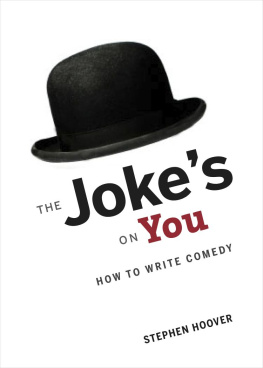
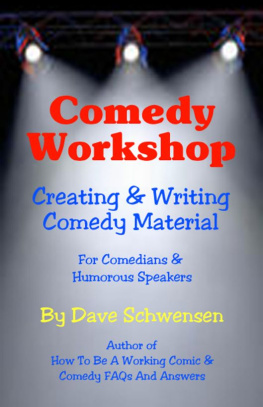

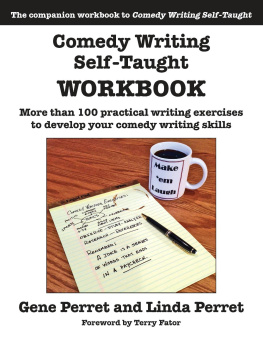


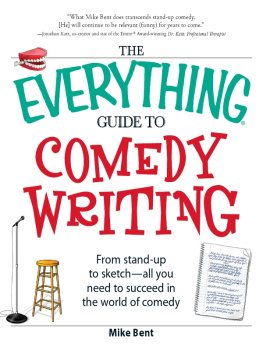
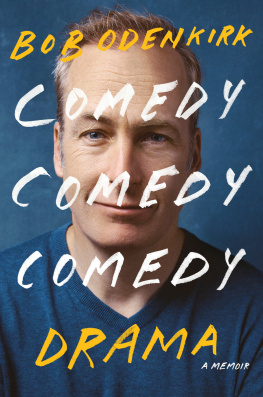
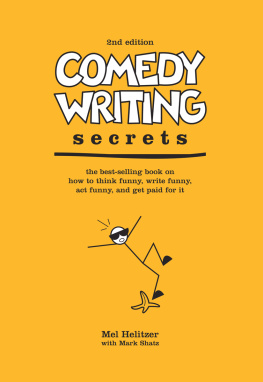
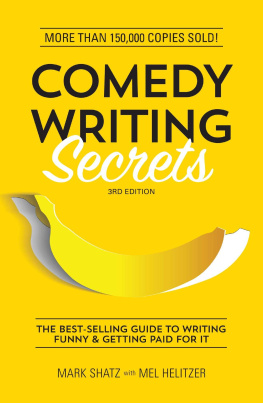

 Humor wasnt just found on the stage. Printed humor had been progressing through political cartoons and editorials, humorous novels, comic books and comic strips. Weve come a long way, from Benjamin Franklins Poor Richards Almanac to Dilbert .
Humor wasnt just found on the stage. Printed humor had been progressing through political cartoons and editorials, humorous novels, comic books and comic strips. Weve come a long way, from Benjamin Franklins Poor Richards Almanac to Dilbert .